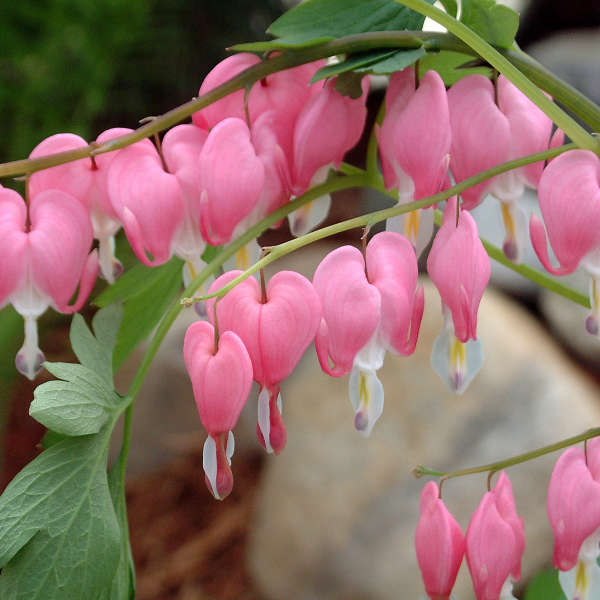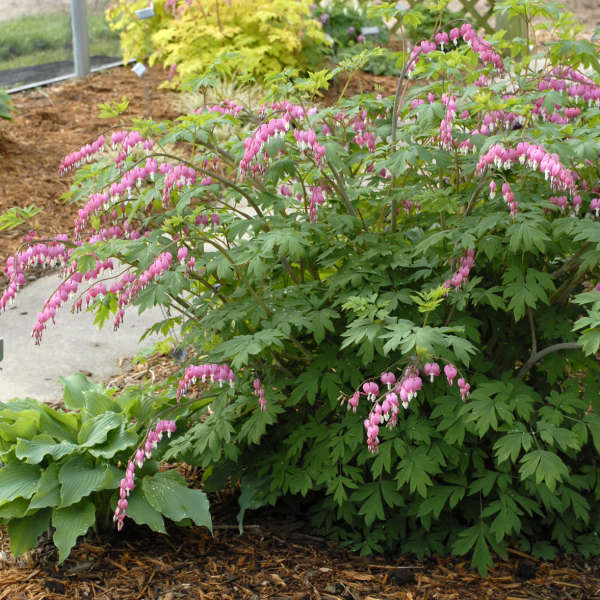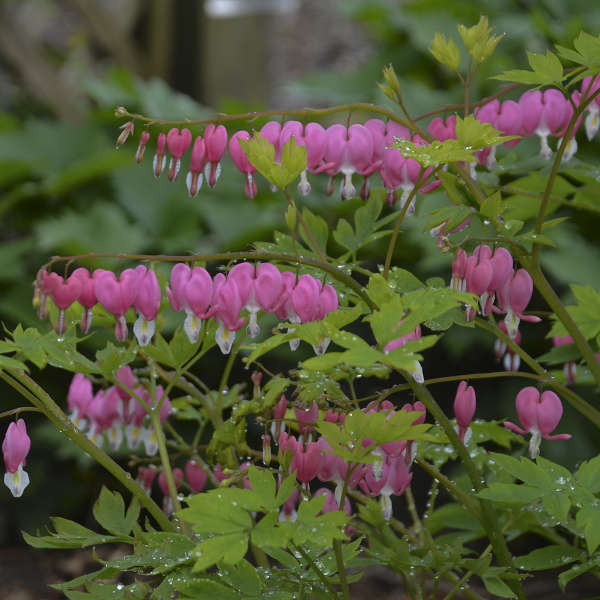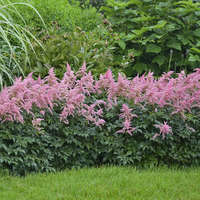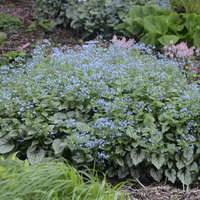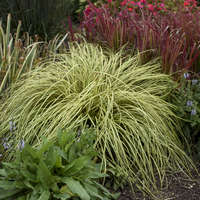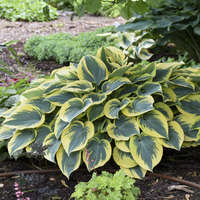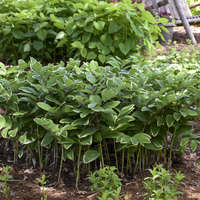Dicentra spectabilis
Common Name: Old-Fashioned Bleeding Heart, Common Bleeding Heart
A classic charmer! One of the oldest but still irreplaceable perennials in cultivation. Old-fashioned Bleeding Hearts form large, bushy clumps of powdery-green foliage comprised of cut or lobed leaves on fleshy stems. In late spring, chains of puffy heart-shaped flowers with rose-pink petals and white tips dangle beneath the arching, leafless stems. These racemes make delightful additions to fresh bouquets, lasting about 2 weeks in a vase. In cooler climates with adequate moisture, the bloom time may be extended into early summer.
After putting on this fantastic display, Old-Fashioned Bleeding Hearts usually go dormant until the following spring. However, if plants are kept well-watered during the spring, dormancy may be delayed until late summer or early fall. Other bushy perennials, such as Hosta, Geranium, or Sedge, should be planted nearby to fill in the resulting gaps.
2 to 3 Eye |
3 to 5 Eye |
